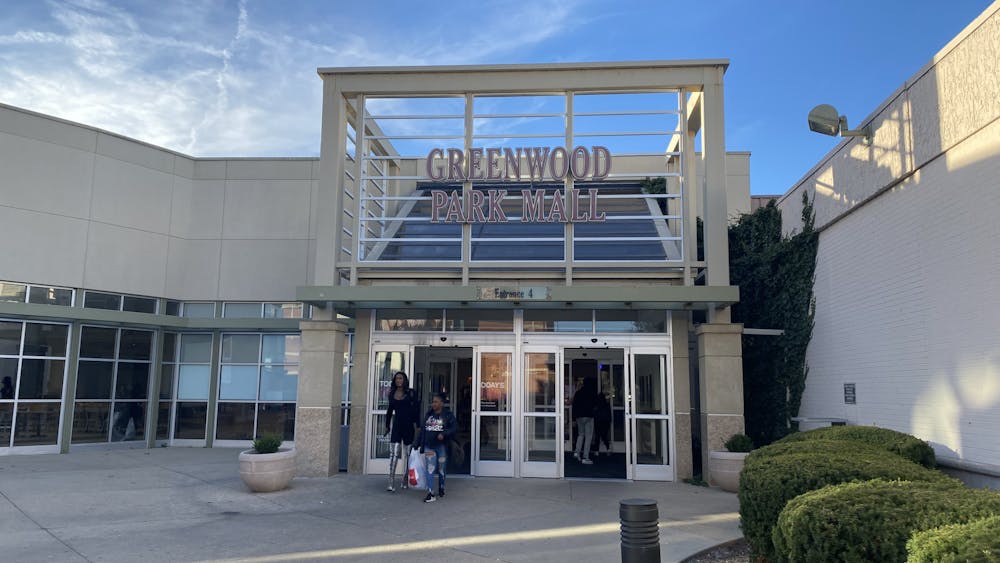The spooning wall, a low limestone wall near the law school, was a favorite meeting spot for lovers.
But as Hoagy Carmichael sat there, he realized just how alone he was.
In 1927, at 28, he had returned to his college campus and his hometown of Bloomington. All his friends were graduated and gone. The girl he loved was gone too. And the campus lacked the vibrancy it seemed to have during his college days.
But then, as legend has it, he decided to stop feeling sorry for himself and started with a tune. A melody popped into the songwriter’s head, and it was so compelling that he ran to his favorite hang out, the Book Nook.
It was closed, but he pounded on the door anyway, and the owner let him in.
Inside, he rushed to the piano to compose what would later, once its tempo was slowed down to a ballad, become one of the most recorded songs of the 20th century.
“Sometimes I wonder why I spend the lonely nights dreaming of a song.”
The song was “Stardust.”
Its melody became wildly popular, making Carmichael famous and rich.
***
A photo hanging in the Book Nook, now known as The Gables, depicts Carmichael at the piano with a circle of friends around him.
Students regarded the battered upright piano in the corner as Carmichael’s piano. He even charmed the workers of the Book Nook into allowing him to stay after hours to play as they washed dishes. Carmichael was known as a charismatic and humorous performer.
“It was the Kilroy’s of its time,” David Johnson, WFIU jazz host, said. “A Kilroy’s without booze.”
The energy of the prohibition era created a counter-culture where Carmichael could follow his creative impulses and become an unpredicted success.
And people, especially on college campuses in the 1920s, thought hot jazz was exciting, Johnson said.
Hoagy loved to attempt to play the trumpet all around campus.
“Hoagy, shut up!” people would yell.
But he didn’t listen.
***
After graduating from law school in 1926, Carmichael had to find a real job, so he accepted a job as a lawyer in Florida and hated it. He did the bare minimum everyday, just to get by and not be fired.
But as legend goes, Carmichael was sitting at his desk in the law office one day when through the open window he could hear the notes of a familiar song coming from a nearby record store.
But the song seemed more than familiar. He realized it was not just a song he knew, but a song he had written.
The song was “Washboard Blues,” and he was listed as the composer.
“That’s it,” he thought. “I’m a songwriter. I don’t have to be a lawyer. I quit.”
He returned home to Bloomington and was in the right place at the right time.
Gennett Records was in nearby Richmond, Ind., making Bloomington a stop on the jazz circuit along the way to Chicago. Big names of jazz, such as Louis Armstrong, stopped by and Carmichael met them.
His career as a jazz singer/songwriter and later, an actor, took off, and the rest was legend.
***
Some visitors walk quietly to the back of Rose Hill Cemetary.
They leave pennies and Crown Royal bottles.
Bob Dylan even made a pilgrimage there to pay his respects to the man who was a singer/songwriter before the label became popular.
Some even make a wish on the pennies they leave.
It’s a tribute to the man from Bloomington who made a name for himself.
“Howard Hoagland Carmichael 1899 – 1981.”
Jazz musician Hoagy Carmichael’s spirit plays on at IU

Get stories like this in your inbox
Subscribe





